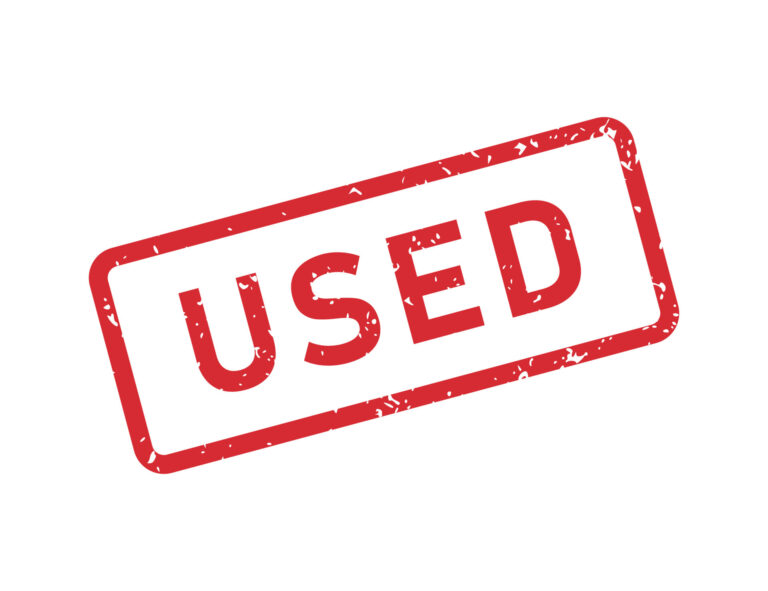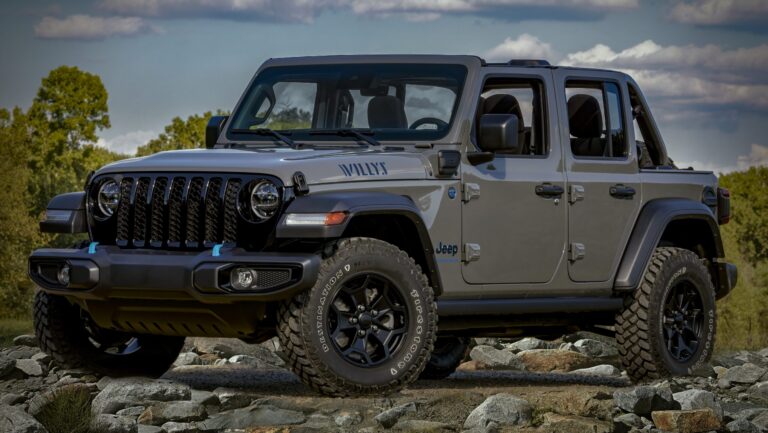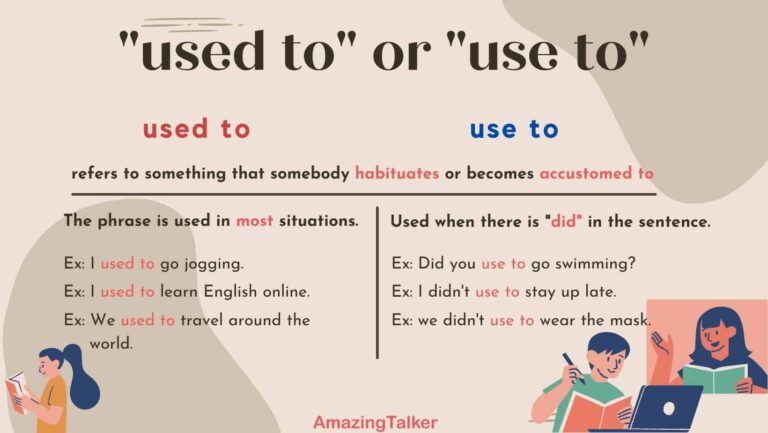86 Jeep CJ7 For Sale: Your Ultimate Guide to Acquiring an Off-Road Icon
86 Jeep CJ7 For Sale: Your Ultimate Guide to Acquiring an Off-Road Icon jeeps.truckstrend.com
The allure of classic vehicles often lies not just in their aesthetic appeal but in the stories they tell and the adventures they promise. Among the pantheon of automotive legends, the Jeep CJ7 holds a particularly cherished place, and the 1986 model year stands out as a significant milestone. As the final year of the venerable CJ series, the ’86 Jeep CJ7 represents the culmination of decades of off-road evolution, combining rugged simplicity with a touch of refinement that made it an enduring classic. For anyone searching for an "86 Jeep CJ7 For Sale," you’re not just looking for a vehicle; you’re seeking a piece of American automotive history, a symbol of freedom, and a gateway to unparalleled open-air exploration. This comprehensive guide will navigate the journey of finding, evaluating, and ultimately owning one of these iconic machines.
The Enduring Appeal of the 1986 Jeep CJ7
86 Jeep CJ7 For Sale: Your Ultimate Guide to Acquiring an Off-Road Icon
The Jeep CJ (Civilian Jeep) lineage dates back to the Willys MB of World War II, a vehicle born of necessity and defined by its utilitarian strength. The CJ7, introduced in 1976, was a significant evolution, featuring a slightly longer wheelbase than its CJ5 predecessor, allowing for more stable on-road manners and the accommodation of an automatic transmission. By 1986, the CJ7 had reached its peak of development. It offered a range of engine options, improved interiors, and a reputation for unparalleled off-road capability right out of the factory.
What makes the ’86 model so special? It was the swan song for the CJ line, before the introduction of the YJ Wrangler with its square headlights. This makes the ’86 CJ7 a highly sought-after collectible. Owners cherish its classic round headlight design, its leaf-sprung solid-axle suspension, and its robust, no-nonsense construction. It embodies the essence of "Jeep" in its purest form – an open-top, go-anywhere vehicle designed for fun and adventure. Whether you dream of tackling challenging trails, cruising with the top down on a sunny day, or simply owning a piece of automotive Americana, an ’86 CJ7 delivers on all fronts.
What to Look For: Key Considerations When Buying an ’86 CJ7
Acquiring an "86 Jeep CJ7 For Sale" requires a keen eye and a thorough understanding of common issues associated with a vehicle of this age. Due diligence is paramount to avoid buyer’s remorse.
1. The Rust Monster: Your Primary Adversary
Rust is the single biggest enemy of the CJ7. These vehicles were built with steel bodies and frames, and many have seen decades of exposure to harsh elements, road salt, and moisture.
- Frame: Inspect the frame rails meticulously, especially near the spring hangers, skid plate mounts, and rear cross member. Look for flaking, bubbling, or perforations. Frame rot can be catastrophic and expensive to repair.
- Body Tub: Check the floorboards (especially under the seats and footwells), rocker panels, wheel wells, and behind the front fenders. Pay attention to areas where the body meets the frame.
- Windshield Frame: Prone to rust, particularly at the bottom where it meets the cowl.
- Body Mounts: Ensure the body mounts are solid and not rusted through, which can lead to body sag.

2. Engine Options and Condition
The ’86 CJ7 primarily came with two engine options:
- AMC 258 cid (4.2L) Inline-Six: This is the most common and often preferred engine. Known for its legendary reliability, torque, and ease of maintenance. Check for oil leaks (especially valve cover and rear main seal), signs of overheating, and unusual noises. A good 258 should start easily and run smoothly.
- AMC 304 cid (5.0L) V8: Less common in ’86, but some earlier models or swapped engines might have this. Offers more power but can be less fuel-efficient.
- GM Iron Duke 151 cid (2.5L) I4: Very rare in ’86 CJ7s and generally considered underpowered for the vehicle’s weight.
3. Transmission and Transfer Case
Most ’86 CJ7s were equipped with:
- Manual Transmission: Borg-Warner T5 (5-speed). Check for smooth shifting, grinding, or popping out of gear.
- Automatic Transmission: Chrysler Torqueflite 999 (TF999) (3-speed). Known for durability. Check for smooth engagement and proper shifting.
- Transfer Case: Dana 300 (part-time 4WD). Engage 4WD (high and low range) to ensure it shifts smoothly and there are no strange noises.
4. Axles and Suspension
- Axles: Typically a Dana 30 front axle and an AMC 20 rear axle. Some rare models, particularly the Laredo or those with factory V8s, might have a more desirable Dana 44 rear axle. Check for leaks around the differential covers and axle seals.
- Suspension: Leaf springs front and rear. Look for sagging springs, worn bushings, and broken leaves. Shocks should not be leaking.
5. Electrical System and Interior
Given the age, electrical gremlins can arise. Check all lights, gauges, wipers, heater fan, and horn. The interior, often basic, should be inspected for condition of seats, dashboard cracks, and functioning gauges.
6. Aftermarket Modifications
Many CJ7s have been modified. While some modifications (e.g., lift kits, larger tires, aftermarket bumpers) can be desirable, poorly executed modifications can lead to problems. Assess the quality of the work.
The Buying Process: Tips for a Successful Purchase
Finding the right "86 Jeep CJ7 For Sale" requires patience and a systematic approach.
- Define Your Budget and Purpose: Are you looking for a fully restored showpiece, a reliable daily driver, or a project vehicle to work on? Your budget will dictate what’s feasible. Remember to factor in potential repair, maintenance, and insurance costs.
- Research and Network: Utilize online forums, dedicated CJ7 enthusiast groups on social media, and local Jeep clubs. Often, the best deals or most well-maintained vehicles are found through word-of-mouth.
- Physical Inspection is Crucial: Never buy a CJ7 sight unseen. If possible, bring a knowledgeable friend or mechanic who understands older Jeeps. Get underneath the vehicle. Bring a strong flashlight and a magnet to check for body filler over rust.
- Test Drive Thoroughly:
- Listen to the engine for any knocking, tapping, or excessive smoke.
- Check the brakes for pulling or sponginess.
- Test the steering for excessive play.
- Engage 4WD in both high and low ranges in a safe area.
- Pay attention to transmission shifts and any unusual noises from the drivetrain.
- Pre-Purchase Inspection (PPI): If you’re serious about a vehicle, invest in a PPI by a reputable, independent mechanic who specializes in older 4x4s. They can identify issues you might miss.
- Documentation: Request service records, receipts for parts, and any history the owner can provide. Ensure the title is clear and matches the VIN on the vehicle.
- Negotiation: Be prepared to negotiate. Use any identified flaws as leverage. Don’t be afraid to walk away if the vehicle doesn’t meet your standards or the price is too high for its condition.
Understanding Valuation: What Determines the Price?
The price of an "86 Jeep CJ7 For Sale" can vary wildly, from a few thousand dollars for a project to upwards of $30,000+ for a meticulously restored example. Key factors include:
- Overall Condition: This is the primary driver. A rust-free body and frame are worth a premium.
- Originality vs. Modifications: Highly original, well-preserved examples often command higher prices from collectors. Heavily modified CJs’ value depends on the quality and desirability of the modifications.
- Engine/Transmission Combination: The 258 I6 with a good manual or automatic transmission is generally preferred.
- Rare Options: The "Laredo" package (chrome grill, special seats, graphics) or the factory Dana 44 rear axle can add significant value.
- Geographic Location: Jeeps from dry, rust-free climates (e.g., Southwest US) will generally fetch higher prices.
- Market Demand: While consistently popular, demand can fluctuate.
Life with an ’86 CJ7: Ownership and Maintenance
Owning an ’86 CJ7 is an experience. These are not modern, plush SUVs. They are raw, engaging, and require a different approach to driving and maintenance.
- Maintenance: Parts availability for CJ7s is excellent, thanks to a thriving aftermarket and a large enthusiast community. Basic mechanical skills will go a long way in keeping your CJ on the road. Common maintenance includes regular fluid changes, checking U-joints, and monitoring for leaks.
- Upgrades: Many owners choose to upgrade their CJs with lift kits, larger tires, aftermarket seats, or even modern engine swaps for more power and reliability. The possibilities for customization are endless.
- The Jeep Community: Owning a CJ7 automatically inducts you into a global community of enthusiasts. The "Jeep wave" is real, and local clubs offer camaraderie, trail rides, and valuable advice.
- Challenges: Be aware of the compromises. Fuel economy is poor, ride comfort is basic (especially with leaf springs), and safety features are minimal by modern standards. They can be noisy and drafty.
Price Table: 1986 Jeep CJ7 For Sale Estimates
Please note that these are approximate price ranges and can vary based on location, specific options, and market fluctuations.
| Condition Category | Description | Estimated Price Range (USD) | Key Considerations ## The Enduring Appeal of the 1986 Jeep CJ7
The Jeep CJ (Civilian Jeep) lineage dates back to the Willys MB of World War II, a vehicle born of necessity and defined by its utilitarian strength. The CJ7, introduced in 1976, was a significant evolution, featuring a slightly longer wheelbase than its CJ5 predecessor, allowing for more stable on-road manners and the accommodation of an automatic transmission. By 1986, the CJ7 had reached its peak of development. It offered a range of engine options, improved interiors, and a reputation for unparalleled off-road capability right out of the factory.
What makes the ’86 model so special? It was the swan song for the CJ line, before the introduction of the YJ Wrangler with its square headlights. This makes the ’86 CJ7 a highly sought-after collectible. Owners cherish its classic round headlight design, its leaf-sprung solid-axle suspension, and its robust, no-nonsense construction. It embodies the essence of "Jeep" in its purest form – an open-top, go-anywhere vehicle designed for fun and adventure. Whether you dream of tackling challenging trails, cruising with the top down on a sunny day, or simply owning a piece of automotive Americana, an ’86 CJ7 delivers on all fronts.
What to Look For: Key Considerations When Buying an ’86 CJ7
Acquiring an "86 Jeep CJ7 For Sale" requires a keen eye and a thorough understanding of common issues associated with a vehicle of this age. Due diligence is paramount to avoid buyer’s remorse.
1. The Rust Monster: Your Primary Adversary
Rust is the single biggest enemy of the CJ7. These vehicles were built with steel bodies and frames, and many have seen decades of exposure to harsh elements, road salt, and moisture.
- Frame: Inspect the frame rails meticulously, especially near the spring hangers, skid plate mounts, and rear cross member. Look for flaking, bubbling, or perforations. Frame rot can be catastrophic and expensive to repair.
- Body Tub: Check the floorboards (especially under the seats and footwells), rocker panels, wheel wells, and behind the front fenders. Pay attention to areas where the body meets the frame.
- Windshield Frame: Prone to rust, particularly at the bottom where it meets the cowl.
- Body Mounts: Ensure the body mounts are solid and not rusted through, which can lead to body sag.
2. Engine Options and Condition
The ’86 CJ7 primarily came with two engine options:
- AMC 258 cid (4.2L) Inline-Six: This is the most common and often preferred engine. Known for its legendary reliability, torque, and ease of maintenance. Check for oil leaks (especially valve cover and rear main seal), signs of overheating, and unusual noises. A good 258 should start easily and run smoothly.
- AMC 304 cid (5.0L) V8: Less common in ’86, but some earlier models or swapped engines might have this. Offers more power but can be less fuel-efficient.
- GM Iron Duke 151 cid (2.5L) I4: Very rare in ’86 CJ7s and generally considered underpowered for the vehicle’s weight.
3. Transmission and Transfer Case
Most ’86 CJ7s were equipped with:
- Manual Transmission: Borg-Warner T5 (5-speed). Check for smooth shifting, grinding, or popping out of gear.
- Automatic Transmission: Chrysler Torqueflite 999 (TF999) (3-speed). Known for durability. Check for smooth engagement and proper shifting.
- Transfer Case: Dana 300 (part-time 4WD). Engage 4WD (high and low range) to ensure it shifts smoothly and there are no strange noises.
4. Axles and Suspension
- Axles: Typically a Dana 30 front axle and an AMC 20 rear axle. Some rare models, particularly the Laredo or those with factory V8s, might have a more desirable Dana 44 rear axle. Check for leaks around the differential covers and axle seals.
- Suspension: Leaf springs front and rear. Look for sagging springs, worn bushings, and broken leaves. Shocks should not be leaking.
5. Electrical System and Interior
Given the age, electrical gremlins can arise. Check all lights, gauges, wipers, heater fan, and horn. The interior, often basic, should be inspected for condition of seats, dashboard cracks, and functioning gauges.
6. Aftermarket Modifications
Many CJ7s have been modified. While some modifications (e.g., lift kits, larger tires, aftermarket bumpers) can be desirable, poorly executed modifications can lead to problems. Assess the quality of the work.
The Buying Process: Tips for a Successful Purchase
Finding the right "86 Jeep CJ7 For Sale" requires patience and a systematic approach.
- Define Your Budget and Purpose: Are you looking for a fully restored showpiece, a reliable daily driver, or a project vehicle to work on? Your budget will dictate what’s feasible. Remember to factor in potential repair, maintenance, and insurance costs.
- Research and Network: Utilize online forums, dedicated CJ7 enthusiast groups on social media, and local Jeep clubs. Often, the best deals or most well-maintained vehicles are found through word-of-mouth.
- Physical Inspection is Crucial: Never buy a CJ7 sight unseen. If possible, bring a knowledgeable friend or mechanic who understands older Jeeps. Get underneath the vehicle. Bring a strong flashlight and a magnet to check for body filler over rust.
- Test Drive Thoroughly:
- Listen to the engine for any knocking, tapping, or excessive smoke.
- Check the brakes for pulling or sponginess.
- Test the steering for excessive play.
- Engage 4WD in both high and low ranges in a safe area.
- Pay attention to transmission shifts and any unusual noises from the drivetrain.
- Pre-Purchase Inspection (PPI): If you’re serious about a vehicle, invest in a PPI by a reputable, independent mechanic who specializes in older 4x4s. They can identify issues you might miss.
- Documentation: Request service records, receipts for parts, and any history the owner can provide. Ensure the title is clear and matches the VIN on the vehicle.
- Negotiation: Be prepared to negotiate. Use any identified flaws as leverage. Don’t be afraid to walk away if the vehicle doesn’t meet your standards or the price is too high for its condition.
Understanding Valuation: What Determines the Price?
The price of an "86 Jeep CJ7 For Sale" can vary wildly, from a few thousand dollars for a project to upwards of $30,000+ for a meticulously restored example. Key factors include:
- Overall Condition: This is the primary driver. A rust-free body and frame are worth a premium.
- Originality vs. Modifications: Highly original, well-preserved examples often command higher prices from collectors. Heavily modified CJs’ value depends on the quality and desirability of the modifications.
- Engine/Transmission Combination: The 258 I6 with a good manual or automatic transmission is generally preferred.
- Rare Options: The "Laredo" package (chrome grill, special seats, graphics) or the factory Dana 44 rear axle can add significant value.



